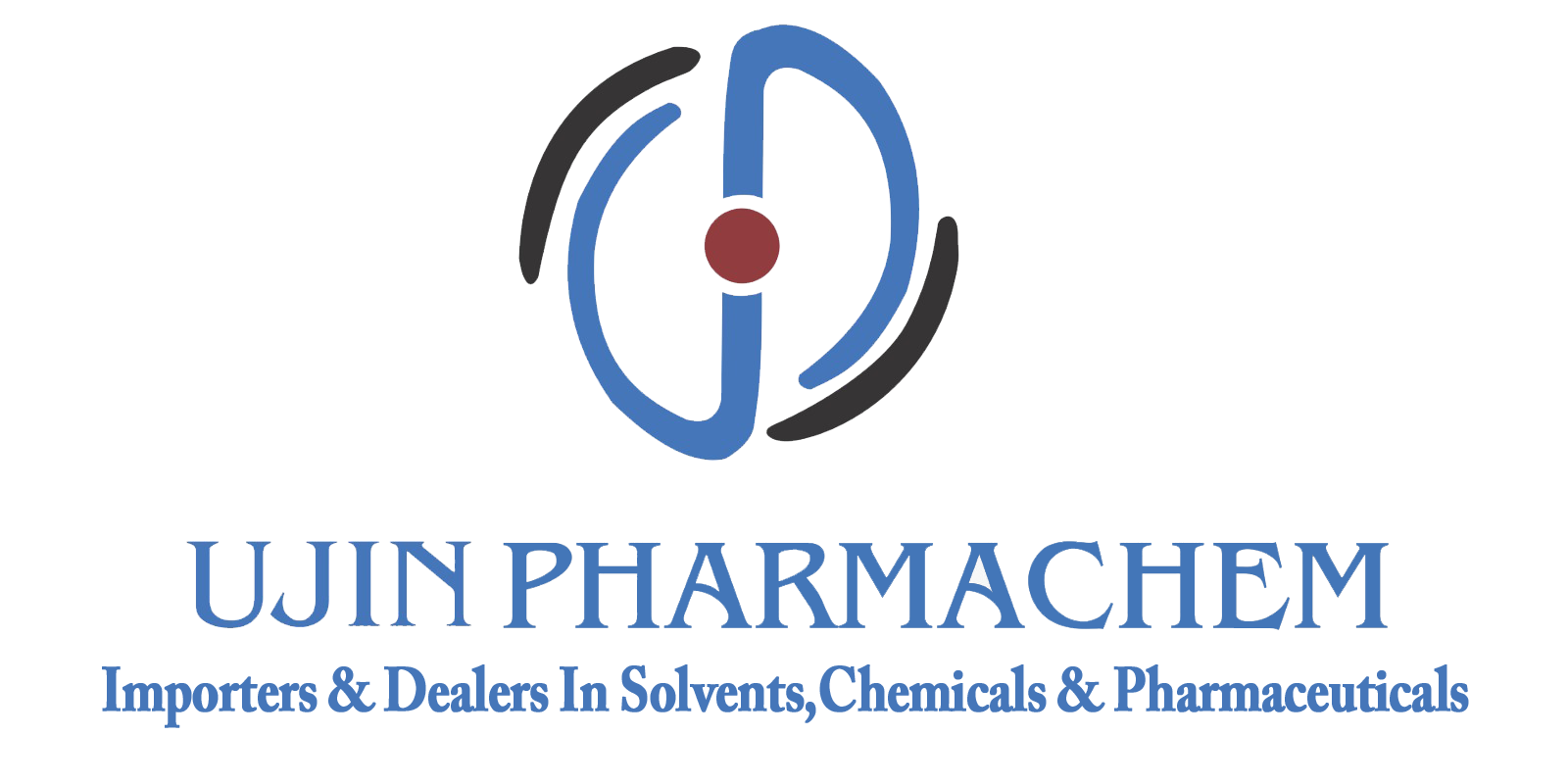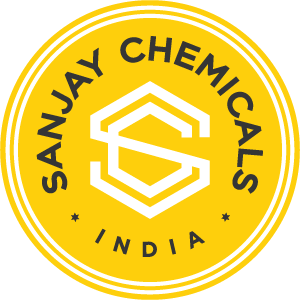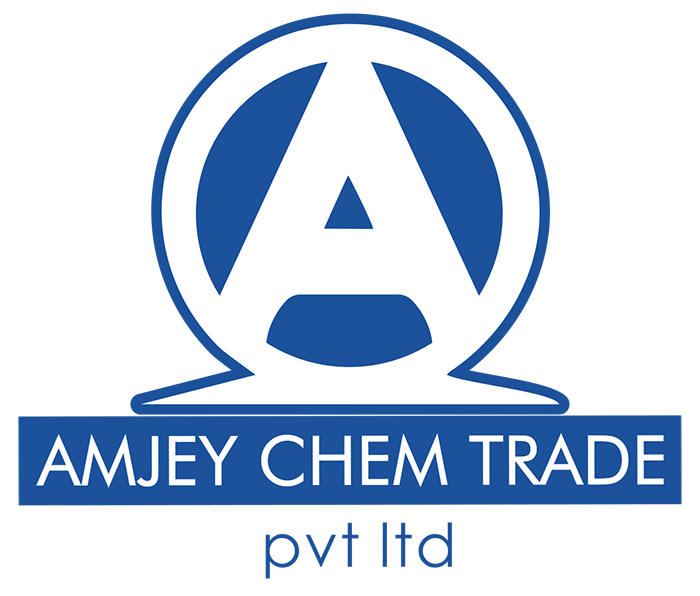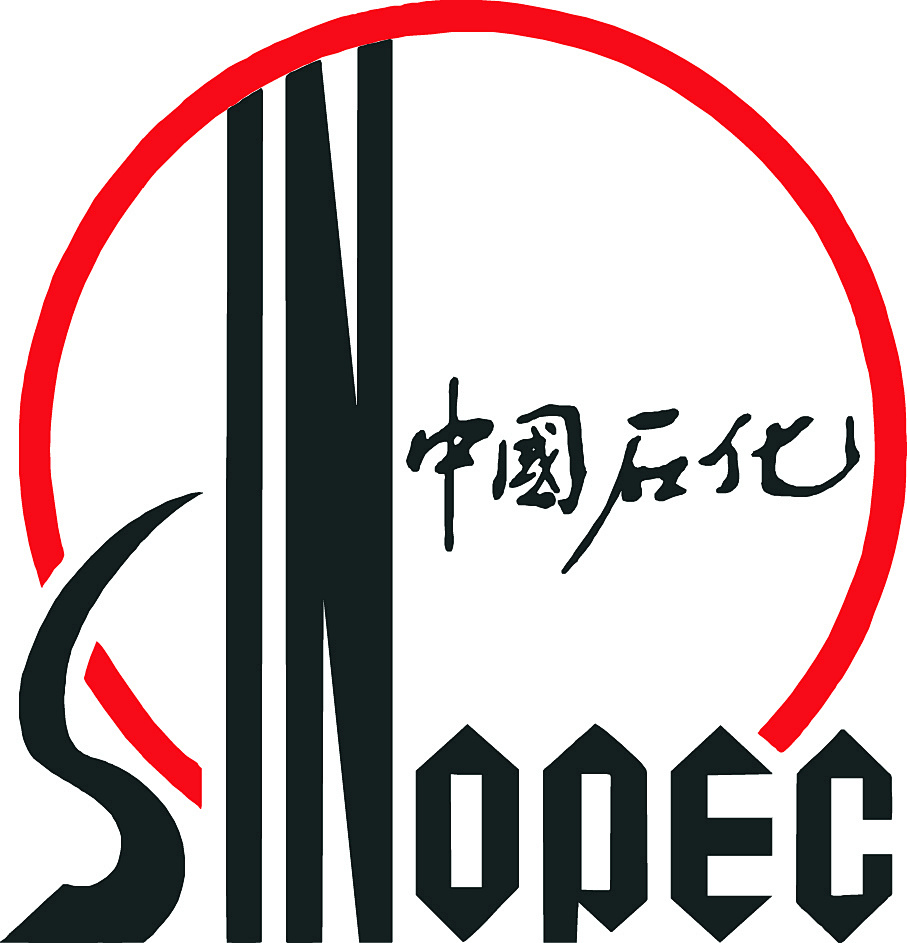1. Acetone is a representative low-boiling, fast-drying polar solvent. Solubility, but also soluble in water, in addition to used as paint, varnish, nitro spray paint and other solvents, still used as cellulose, cellulose acetate, photographic film and other manufacturing solvents and paint remover. Acetone can extract various vitamins and hormones and oil dewaxing. Acetone is also an important chemical raw material for the manufacture of acetic anhydride, methyl methacrylate, bisphenol A, isopropylidene acetone, methyl isobutyl ketone, hexylene glycol, chloroform, iodoform, epoxy resin, vitamin C and so on. And used as extractant, diluent, etc.
2. For the preparation of organic glass monomer, bisphenol A, diacetone alcohol, hexanediol, methyl isobutyl ketone, methyl isobutyl methanol, phorone, isophorone, chloroform, iodoform and other important organic chemical raw materials. It is used as an excellent solvent in coating, acetate fiber spinning process, cylinder storage of acetylene, dewaxing in oil refining industry, etc. In the pharmaceutical industry, it is one of the raw materials for vitamin C and anesthetic Sophona, and is also used as an extractant in the production of various vitamins and hormones. In the pesticide industry, acetone is one of the raw materials for the synthesis of propylene pyrethroids.
3. Used as an analytical reagent, such as a solvent. Used as a chromatographic derivative reagent and liquid chromatography eluent.
4. Used in the electronics industry, commonly used as a cleaning degretizer.
5. commonly used as vinyl resin, acrylic resin, alkyd paint, cellulose acetate and a variety of adhesive solvent. It is also widely used in the manufacture of cellulose acetate, film, film and plastic, and is also the raw material for the production of methyl methacrylate, methyl isobutyl ketone, bisphenol A, acetic anhydride, ketene and furan resin.
6. Can be used as diluent, detergent and vitamin, hormone extractant.
7. There is also natural acetone in nature, and the human body also contains a small amount of acetone. In building materials, mainly as the main raw material of aliphatic water reducing agent.
chemical properties
acetone is a representative compound of aliphatic ketones and has a typical reaction of ketones. For example, a colorless crystalline adduct is formed with sodium bisulfite. Reaction with hydrogen cyanide produces acetone cyanohydrin. Under the action of reducing agent, isopropanol and pinacolone are generated. Acetone is relatively stable to oxidants. It is not oxidized by nitric acid at room temperature. When the strong oxidant of acidic potassium permanganate is used as the oxidant, acetic acid, carbon dioxide and water are generated. Bimolecular condensation occurs in the presence of a base to give diacetone alcohol.
2 mol of acetone in the presence of various acidic catalysts (hydrochloric acid, zinc chloride or sulfuric acid) to produce isopropylideneacetone, which is added to 1 mol of acetone to produce phorone (diisopropylideneacetone). 3 mol of acetone under the action of concentrated sulfuric acid, 3 mol of water generation between three toluene. Condensation in the presence of lime, sodium alkoxide or sodium amide yields isophorone (3,5,-trimethyl-2-cyclohexene-1-one).-.
in the presence of acid or alkali, and aldehyde or ketone condensation reaction, the generation of ketone alcohol, unsaturated ketone and resin-like substances. and phenol under acidic conditions, condensation of bisphenol A. The α- hydrogen atom of acetone is easily replaced by a halogen to produce an α- haloacetone. It reacts with an alkaline solution of sodium hypohalite or halogen to form a haloform. The addition reaction of acetone and Grignard reagent occurs, and the addition product is hydrolyzed to obtain tertiary alcohol. The condensation reaction of acetone with ammonia and its derivatives such as hydroxylamine, hydrazine, phenylhydrazine and the like can also take place. In addition, acetone is cracked at 500~1000 °C to produce ketene. Isobutylene and acetaldehyde are generated by silicon-aluminum catalyst at 170~260 ℃, and isobutylene and acetic acid are generated at 300~350 ℃. It cannot be oxidized by weak oxidants such as silver ammonia solution and newly prepared copper hydroxide, but it can catalyze hydrogenation to form alcohol.
molecular structure data
Molar refractive index: 15.97
Molar volume (cm3/mol ): 75.1
Epimetric specific volume (90.2K ): 156.5
Surface tension (dyne/cm ): 18.8
Polizability (10-24cm -3): 6.33
Preparation method
dry distillation method
In the cumene method has not been invented before, early acetone by calcium acetate distillation.
fermentation method
Acetone can be obtained fermentation with butanol yeast. This law was developed by Haim Weizmann during the First World War, but was soon abandoned due to its extremely low yield.
cumene oxidation synthesis method
With petroleum industry products cumene in sulfuric acid catalysis with oxygen reaction to produce acetone and its by-product phenol, the method produces little waste and low price, so the current main use of this method for production.
oxidation of isopropanol method
Using potassium dichromate or other oxidizing agent oxidation of isopropyl alcohol, acetone.
hydrolysis of propyne
Acetone can be prepared by hydrolysis of propyne, but it needs mercuric sulfate catalysis. The process produces an unstable enol, which is then isomerized into acetone.
Use
1. Acetone is a representative low-boiling, fast-drying polar solvent. Solubility, but also soluble in water, in addition to used as paint, varnish, nitro spray paint and other solvents, still used as cellulose, cellulose acetate, photographic film and other manufacturing solvents and paint remover. Acetone can extract various vitamins and hormones and oil dewaxing. Acetone is also an important chemical raw material for the manufacture of acetic anhydride, methyl methacrylate, bisphenol A, isopropylidene acetone, methyl isobutyl ketone, hexylene glycol, chloroform, iodoform, epoxy resin, vitamin C, etc. And used as extractant, diluent, etc.
2. for the preparation of organic glass monomer, bisphenol A, diacetone alcohol, hexylene glycol, methyl isobutyl ketone, methyl isobutyl methanol, phorone, isophorone, chloroform, iodoform and other important organic chemical raw materials. It is used as an excellent solvent in coating, acetate fiber spinning process, cylinder storage of acetylene, dewaxing in oil refining industry, etc. In the pharmaceutical industry, it is one of the raw materials for vitamin C and narcotics, and is also used as an extractant in the production of various vitamins and hormones. In the pesticide industry, acetone is one of the raw materials for the synthesis of propylene pyrethroids.
3. used as an analytical reagent, e.g. as a solvent. Used as a chromatographic derivative reagent and liquid chromatography eluent.
4. Used in the electronics industry, commonly used as a cleaning degretizer.
5. commonly used as vinyl resin, acrylic resin, alkyd paint, cellulose acetate and a variety of adhesive solvent. It is also widely used in the manufacture of cellulose acetate, film, film and plastic, and is also the raw material for the production of methyl methacrylate, methyl isobutyl ketone, bisphenol A, acetic anhydride, ketene and furan resin.
6 can be used as diluent, detergent and vitamin, hormone extractant.
7. There is also natural acetone in nature, and the human body also contains a small amount of acetone. In building materials, mainly as the main raw material of aliphatic water reducing agent.
Transportation and storage
Transport mode
During transportation, transportation vehicles shall be equipped with corresponding types and quantities of fire-fighting equipment and leakage emergency treatment equipment. It is best to transport early and late in summer. The tank (tank) truck used in transportation shall be provided with grounding chain, and the hole partition plate can be set in the tank to reduce static electricity generated by vibration. It is strictly prohibited to mix with oxidizing agents, reducing agents, alkalis, edible chemicals, etc. During transportation, it shall be protected from sun exposure, rain and high temperature. Stopover should be away from fire, heat, high temperature zone. The exhaust pipe of the vehicle carrying the goods must be equipped with fire retardant device, and it is forbidden to use mechanical equipment and tools that are easy to produce sparks for loading and unloading. Road transportation shall be carried out according to the prescribed route, and do not stop in residential areas and densely populated areas. It is forbidden to slip away during railway transportation. It is strictly prohibited to use wooden ships and cement ships for bulk transportation.
Storage method
1. This product is highly flammable and has serious fire hazard, belonging to Class A fire hazardous substances. Store in a cool and dry, well-ventilated place, away from heat, fire and taboo substances. All containers shall be placed on the ground. However, the long-term storage and recovery of acetone often have acidic impurities, corrosive to metal.
2, packed in a 200 L iron drum, with a net weight of 160 kg. The inside of the iron drum should be clean and dry. Store in a dry and ventilated place, keep the temperature below 35 ℃, prevent violent impact during loading, unloading and transportation, and prevent sun and rain. It shall be stored and transported according to the provisions of fire and explosion-proof chemicals.
The shall be 3 and stored in a cool, well-ventilated special warehouse, away from kindling and heat sources. The warehouse temperature should not exceed 29 ℃. Keep container sealed. It should be stored separately from oxidizing agent, reducing agent and alkali, and mixed storage should not be avoided. Explosion-proof lighting and ventilation facilities shall be adopted. It is forbidden to use mechanical equipment and tools that are easy to produce sparks. The storage area should be equipped with leakage emergency treatment equipment and suitable containment materials.
![]() +086 1911-7288-062 [ CN ]
+086 1911-7288-062 [ CN ]
![]() +852 97481178 [ HK ]
+852 97481178 [ HK ]




































































































